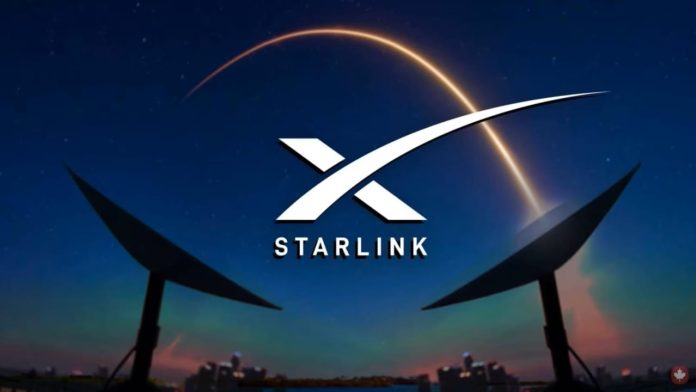Starlink, the satellite internet service created by SpaceX, has officially launched its operations in Zimbabwe, marking a significant milestone in the country’s digital landscape. This development is expected to enhance internet accessibility and speed for millions of Zimbabweans, especially in rural areas that have traditionally faced challenges with reliable internet connectivity.
With a growing population increasingly reliant on the internet for education, business, and social interactions, the arrival of Starlink comes as a welcome solution to the country’s connectivity woes. The service uses a constellation of low Earth orbit (LEO) satellites to provide high-speed internet with lower latency compared to traditional satellite internet services. Starlink’s technology allows users to enjoy broadband speeds of up to 150 Mbps, significantly faster than what many have been able to access previously.
Zimbabwe has grappled with various challenges regarding internet access, including limited infrastructure, high costs, and frequent service disruptions. According to the Zimbabwe National Statistics Agency, as of 2022, internet penetration in the country stood at about 60%, with many rural regions lacking adequate services. This is where Starlink aims to make a difference by providing a reliable and fast internet connection, irrespective of location.
Starlink’s approach involves deploying a network of satellites that orbit the Earth at a much lower altitude than traditional satellites, which allows for reduced latency and improved signal quality. Users need a Starlink dish, known as a terminal, which automatically aligns itself to connect to the satellites overhead. This technology is particularly advantageous for Zimbabwe, where many areas lack the necessary infrastructure for conventional broadband services.

The official launch event in Zimbabwe saw representatives from SpaceX and local partners discussing the transformative potential of Starlink in the region. “We are thrilled to introduce Starlink to Zimbabwe,” said a SpaceX spokesperson during the event. “Our mission is to provide fast and reliable internet to underserved areas, and we believe that Starlink will empower communities, enhance educational opportunities, and facilitate business growth across the nation.”
Local businesses and educational institutions are particularly excited about the prospects that Starlink offers. With improved internet access, schools can leverage online learning resources, businesses can expand their digital presence, and remote workers can engage effectively with global clients. As the country navigates the challenges posed by economic instability and infrastructural deficits, access to high-speed internet can play a pivotal role in stimulating growth and development.
Several businesses in urban centers like Harare and Bulawayo have already expressed interest in adopting Starlink’s services. Entrepreneurs and small business owners are optimistic about the potential for increased efficiency and productivity. “Reliable internet is crucial for our operations,” said a local entrepreneur. “With Starlink, we can streamline our processes, engage with clients more effectively, and ultimately grow our business.”
Moreover, the launch of Starlink aligns with Zimbabwe’s Vision 2030, which aims to position the country as an upper-middle-income economy. Part of this vision emphasizes the importance of technology and innovation in driving economic growth. By enabling high-speed internet access, Starlink could serve as a catalyst for digital transformation, paving the way for advancements in various sectors, including agriculture, healthcare, and finance.
However, the introduction of Starlink also raises questions about regulatory frameworks and competition with existing service providers. The Communications Regulatory Authority of Zimbabwe (CRAZ) has been tasked with overseeing the integration of this new technology into the existing telecommunications landscape. Ensuring fair competition while maintaining service quality will be vital as Zimbabwe navigates this new era of connectivity.
Furthermore, the pricing model of Starlink will be a crucial factor in its adoption. While the promise of high-speed internet is enticing, affordability remains a significant barrier for many Zimbabweans. As the service rolls out, it will be essential for Starlink to offer competitive pricing to ensure that a broad segment of the population can benefit from this technology.
As Starlink begins its operations in Zimbabwe, the initial response from users has been overwhelmingly positive. Early adopters have reported significant improvements in internet speed and reliability compared to their previous service providers. Social media platforms are buzzing with discussions about the service, with many expressing excitement about the possibilities that come with improved internet access.
In conclusion, the launch of Starlink in Zimbabwe signifies a transformative moment for the country’s internet landscape. By providing high-speed, reliable internet access, Starlink has the potential to empower individuals, enhance educational opportunities, and drive economic growth. As Zimbabwe embraces this new technology, it is poised to unlock new possibilities, bridging the digital divide and fostering a more connected society. The eyes of the world will be watching as this nation embarks on its journey towards a more digitally inclusive future.
